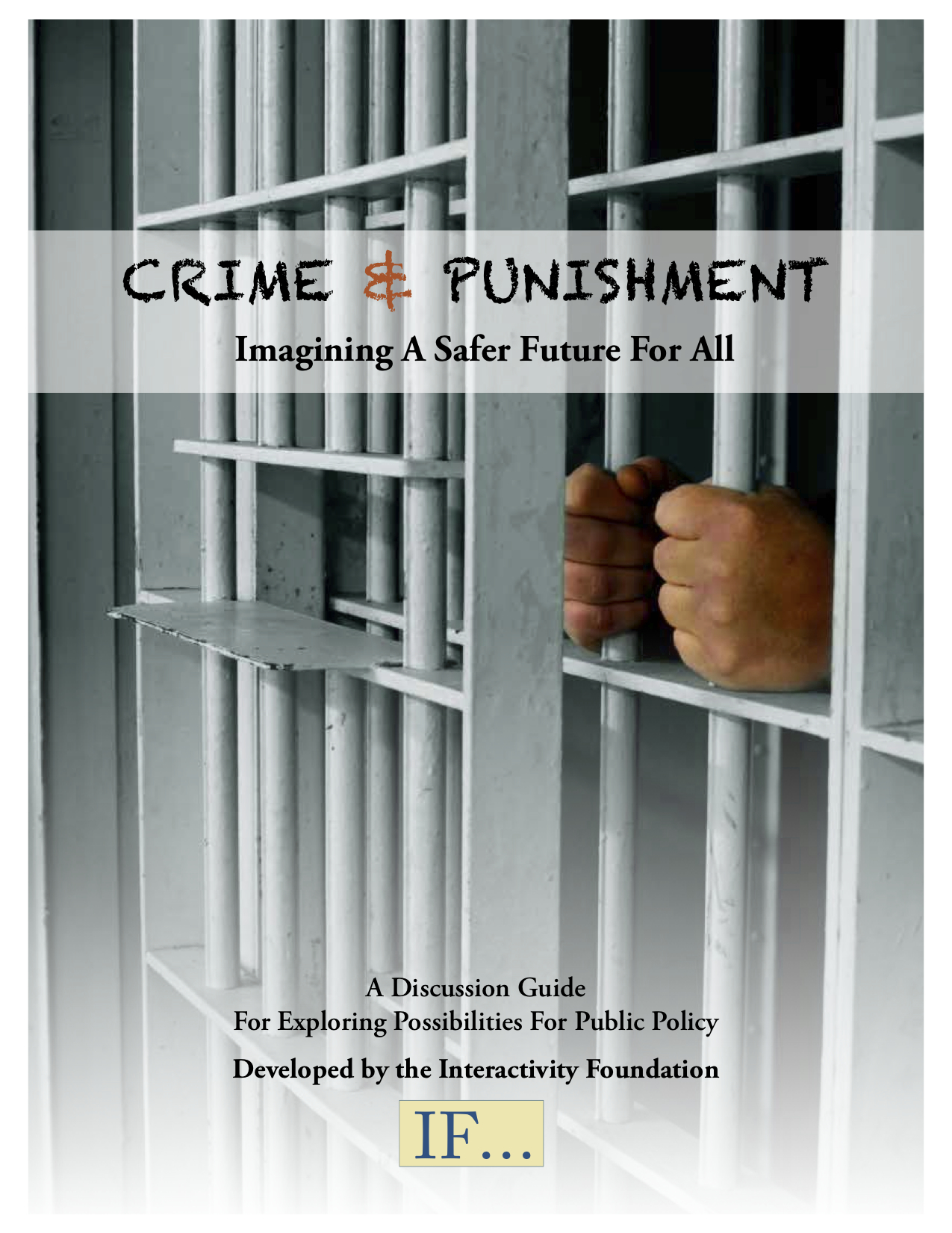The 18-page discussion report, Promoting Mental Health in Community, was published by Interactivity Foundation in October 2015 and edited by Nneka Edwards and Suzanne Goodney Lea. This is the initial draft of the discussion report; IF is planning to create a full discussion guide that communities can use when gun violence occurs in order to take mental health concerns into consideration when developing public policy. Below is an excerpt of the guide, which can be downloaded as a PDF for free from IF’s site here.
From IF…
This is a unique discussion project for IF, in that we have collaborated with the parents of a young man who was shot and killed in a mall rampage shooting in Columbia, MD, back in January 2014. The young man who was killed (Tyler) was one of two young people killed before the gunman took his own life. The shooter was only 18 and was most likely in the early stages of schizophrenia; he had actually tried to seek mental health care, but to no avail. Tyler’s father did an interview on a local news station, and I was struck by his poise and compassion. I’d never seen a parent in such a horrible situation exhibit such genuine empathy towards the shooter and his family.
It turns out that Tyler, who was just 25 when he was killed, had spent three years sober after overcoming addiction challenges. He got sober once he made the connection for himself between his addiction issues and his own mental health state (he was manic depressive). He had spent the three years before his death helping others to make the same connection between mental health and addiction so that they, too, could overcome their drug/alcohol dependencies. The number of lives he touched surprised even his parents, who were moved by the many stories of the connections and healing Tyler had put out into the world around him.
Tyler’s parents have a strong desire to carry on Tyler’s work by helping citizens to become more aware of their own and others’ mental health—and of the importance of good mental health, more generally. They are generally interested in creating a space to explore these issues in meaningful ways. Violence is so rampant in American society, and, too often, efforts to discuss ways to curtail it become confounded by important debates over guns and gun restrictions. Meantime, underlying mental health factors—which also must be discussed if we are to reduce the frequency and impact of these events–rarely get seriously explored. We hope to begin to alter that narrative by providing the interesting array of possibilities in this discussion guide for exploration within communities of varying sizes and locations. Very few American communities have been untouched by sudden eruptions of violence in a public space.
IF’s discussion guide on depression is by far the least discussed of any of our discussion guides. This likely reflects the stigma associated with mental health conditions. What’s interesting, however, is that when that discussion guide is discussed, the quality and meaningfulness of the discussion to its participants is marked. We hope that your group’s exploration of the ideas and possibilities in this discussion guide will better inform your participants about things that they and/or their family members may be facing without even realizing it and about how to find and create the resources and support that will help to stave off the sorts of mental health disasters that too-often erupt within our communities.
If you are interested in further information about the process used to develop IF reports or IF’s work in general, we invited you to consult our website at interactivityfoundation.org
 About the Interactivity Foundation
About the Interactivity Foundation
The Interactivity Foundation is a non-profit, non-partisan organization that works to enhance the process and expand the scope of our public discussions through facilitated small-group discussion of multiple and contrasting possibilities. The Foundation does not engage in political advocacy for itself, any other organization or group, or on behalf of any of the policy possibilities described in its discussion guidebooks. For more information, see the Foundation’s website at www.interactivityfoundation.org.
Follow on Twitter: @IFTalks
Resource Link: www.interactivityfoundation.org/discussions/promoting-mental-health-in-community/











 The five policy possibilities are:
The five policy possibilities are: